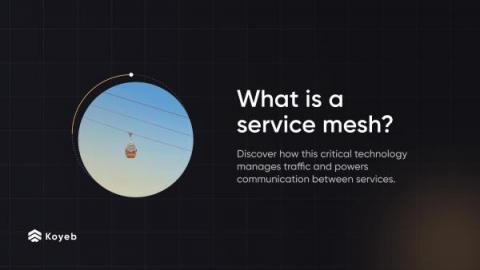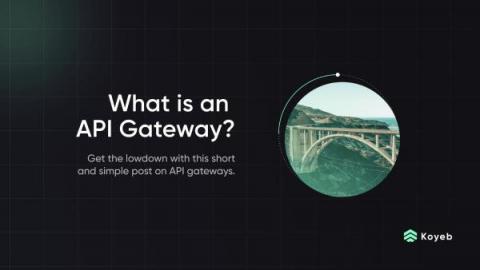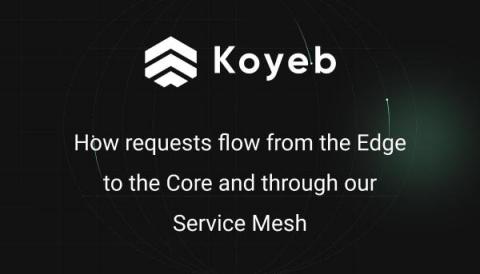What is a service mesh?
A service mesh is a dedicated infrastructure layer that manages traffic, also known as communication, between services in applications composed of containerized microservices. It is a critical component in a microservices architecture, responsible for the secure, fast, and reliable communication between services. This article answers a lot of the questions you may have about service meshes: What are they and how do they work? Who is using them and why?











